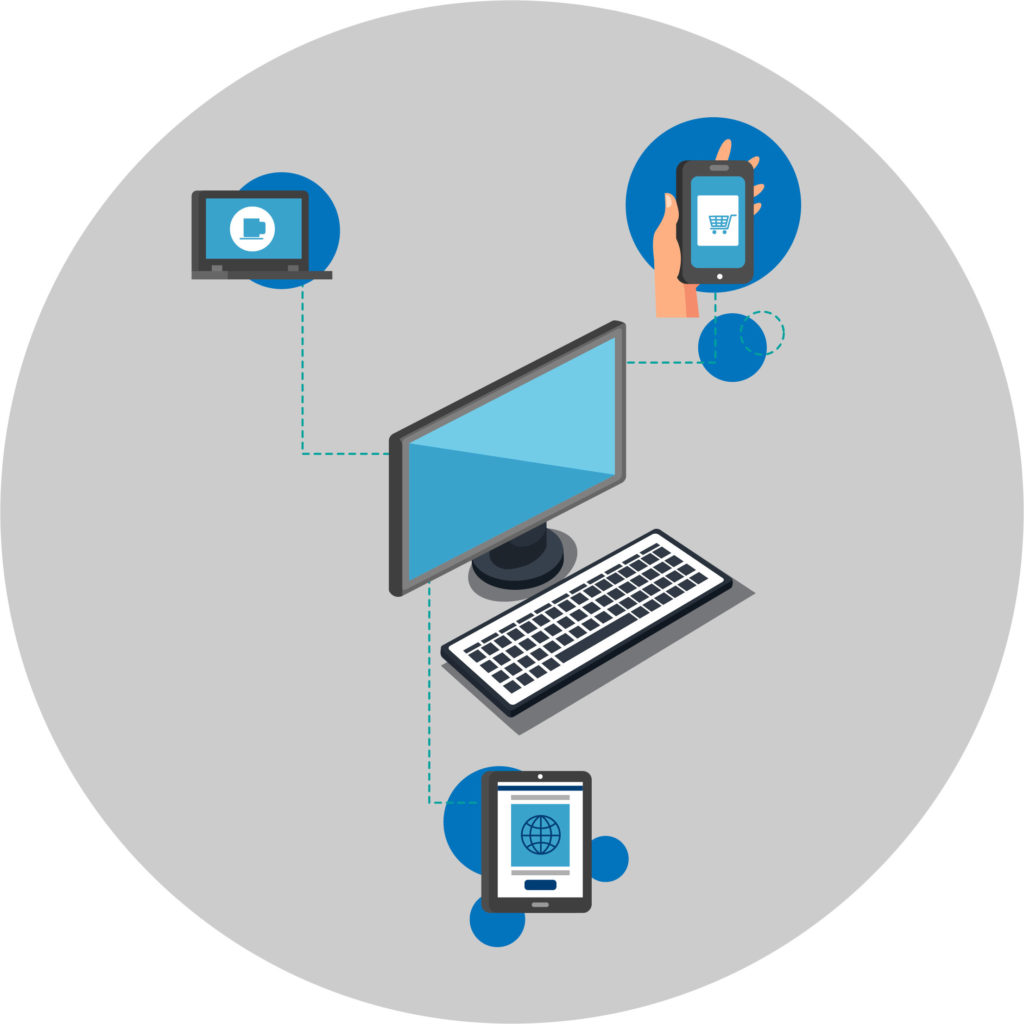For the first time in 30 years, I bought a brand-new car off the lot. I went down to the dealer, picked it up, and signed plenty of documents with scary, small print.
I was thoroughly enjoying the drive home, when a thought struck me. Something had changed over the last three decades (besides the much higher price tag from the last time I bought a brand new car).
In 1989, I signed all those documents from a stack of paper and an ink pen. This go-round, however, there wasn’t a single piece of paper in sight. I reviewed all the documents electronically, signed with a stylus, and left. Everything was electronic.
A week later, I went online to the State Department of Finance. I sent all my documents electronically, paid my sales tax online, and BAM! I was finished. No filing, no carbon copies, and no mess.
Ghosts of the Past: Telex Machines
When I left the LTL business in 1991 for a job with an NVOCC (I had no idea what that meant in 1991), I encountered a Telex machine and a fax machine for the first time. Telex sounded like something I would hear on an episode of Gunsmoke (that was a very popular western TV show for all the folks younger than me).
If you are in the ocean transportation industry, you know the term Telex Release very well. But why do we still call it a Telex Release? We removed the Walmart Import Department’s Telex machine in 1994 because we got… wait for it……email. For years after, and in some cases to this day, everyone who sent emails to oversea’s offices continued to abbreviate every word like we were stilling paying by the character: “I hv ur docs rdy. Pls snd $. Tnx.”

Paper Bills of Lading Still Exist in a Digital World
But there is a bigger question on my mind, and I hope yours too.
Why do we still pouch bills of lading around the world to each other with a 400+-year-old paper bill system? In fact, why print anything for any supply chain transaction?
Don’t get me wrong. I understand the transfer of ownership requirements and other obligations. What I don’t understand is, for a process that encumbers all parties involved, why aren’t we focused on fixing it?
I remember working for a company that printed everything. Geez, it seemed like they printed it just to scan it! There were all sorts of fun excuses as to why they needed that paper in the manila folder.
I wanted to go paperless, but they told me it was impossible.
Well, we did it in my location. Completely.
Are We Moving On Digitally?
In early 2017, Zim, Sparx Logistics, and Wave Ltd. tested technology and processes for moving a shipment of containers and all bills of lading using Blockchain technology. The bills of lading were transferred to the consignee in less than two hours of vessel departure.
Excuse me? Two hours? They didn’t request a Telex Release or take and courier those endorsed originals down to the ocean carrier counter at the terminal? Two hours versus weeks…seems like a good deal to me.
Imagine the ocean carrier printing less than three copies of the bill of lading, no shipper endorsing them after the payment, and pouching them. Imagine the consignee not surrendering them to the ocean carrier to release their cargo.
Zim announced earlier this year they are offering this opportunity to all its customers. Woo hoo! I hope they all jump on board. If I were a shipper, I would adopt this early.

What’s Next?
I’m still a bit old school, and my team still makes fun of me sometimes. I carry a notebook and pen to meetings, and I write random spontaneous thoughts. Yet, I love improving processes and eliminating waste. The process I dream of and hope for is one in which no one prints a single bill of lading and transactions take hours instead of weeks.
I never imagined I could say out loud “Alexa/Google/Siri, play The Revivalists” and hear music, but I can today. To the rest of us, let’s quit pretending this is 1619. Stop printing all the paper and pouching bills of lading all over the world when we can harness the technology at our fingertips.
